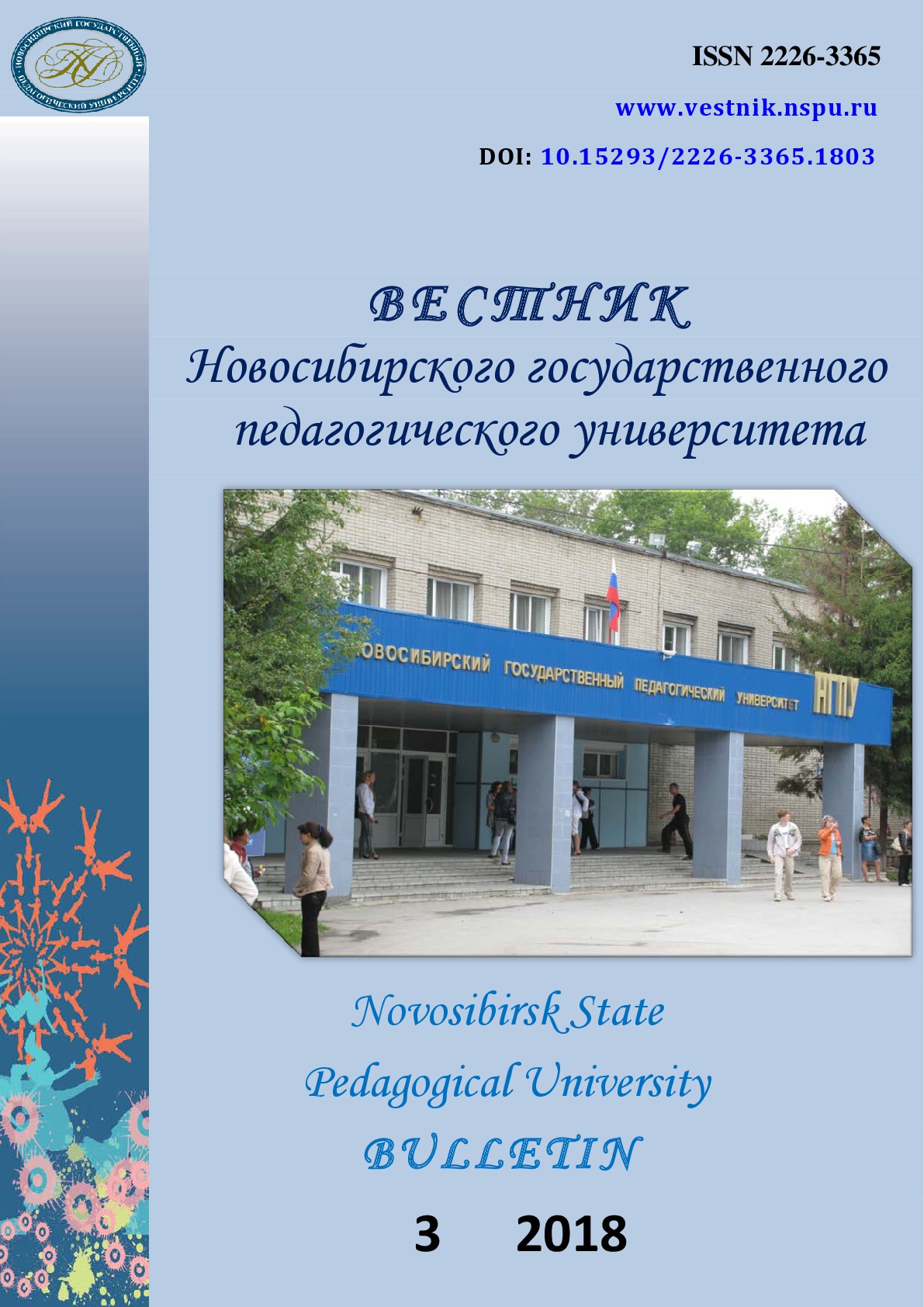Макронутриентный состав и энергетическая ценность рациона питания студентов Северо-Восточного государственного университета
Macronutrient composition and energy value of the food ration of students of the North-East State University
Author(s): Inessa Vladislavovna AveryanovaSubject(s): Higher Education , Health and medicine and law
Published by: Новосибирский государственный педагогический университет
Keywords: Young male students; Food ration; Energy nutritional value; Proteins; Fats; Carbohydrates;
Summary/Abstract: Introduction. The purpose of this work was to identify the macronutrient profile and energy value of the food conditions of students of two ethnic groups residing in Magadan Region. Materials and Methods. 193 students aged between 17 and 21 years studying at North-Eastern State University were recruited for this study. The students were divided into two groups based on their ethnicity. The first group consisted of 151 subjects of European background born in the North-Eastern region of Russia. The second group (n = 42)was represented by indigenous people. Macronutrient profiles of the participants were evaluated in the aspect of the food intake by analyzing their diet using the “ASPON-pitanie” software (St. Petersburg). The average values of macronutrients in the diet of the two examined groups were registered as well as the frequency of deficit or excess in comparison with the reference standard ranges. Results. It was revealed that, the diet of the participants was characterized by insufficiency and imbalance in macronutrient composition due to a low proportion of proteins, fats, disordered ratio of fatty acids, inadequate consumption of fiber at the background of a high proportion of di- and mono-carbohydrates and a reduced energy value of the daily calorie amount required for young men of this age group who lead a fairly active lifestyle. Analysis of the percentage contribution of macronutrients to the diet revealed ethnic characteristics, manifested by an increase in the proportion of carbohydrates and fat reduction in the provision of diet in the aboriginal population. Conclusions. The imbalance in macronutrient composition with a reduced energy value of the food ration demonstrated by young residents of Magadan has become a problem, and the solution should be aimed at forming better knowledge about the rational nutrition for the students. The results obtained can be applied in recommendations aimed at correcting the food ration of young people in the Northeast of Russia in order to prevent diseases in older population.
Journal: Вестник Новосибирского государственного педагогического университета
- Issue Year: 8/2018
- Issue No: 3
- Page Range: 198-210
- Page Count: 13
- Language: Russian

